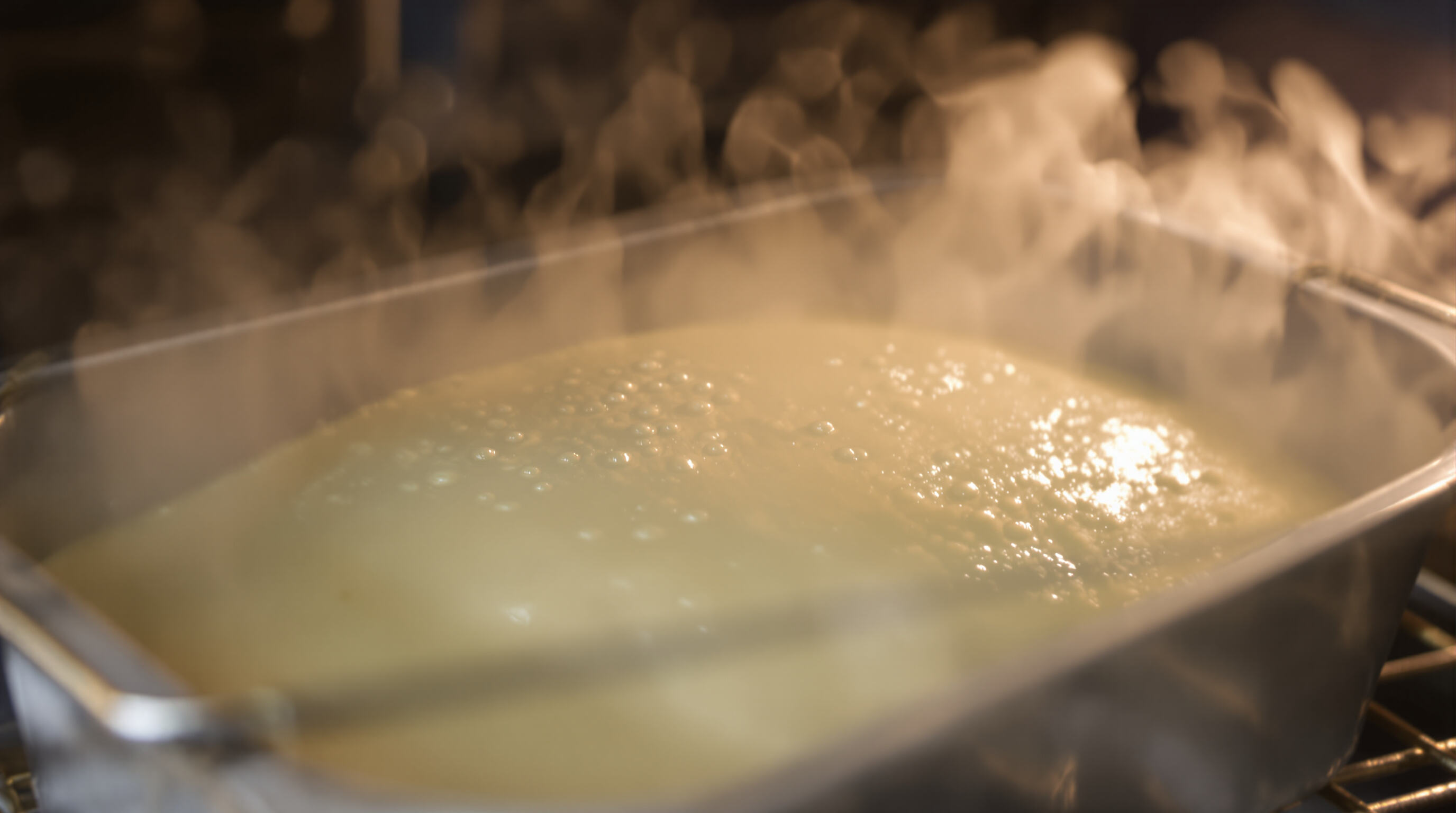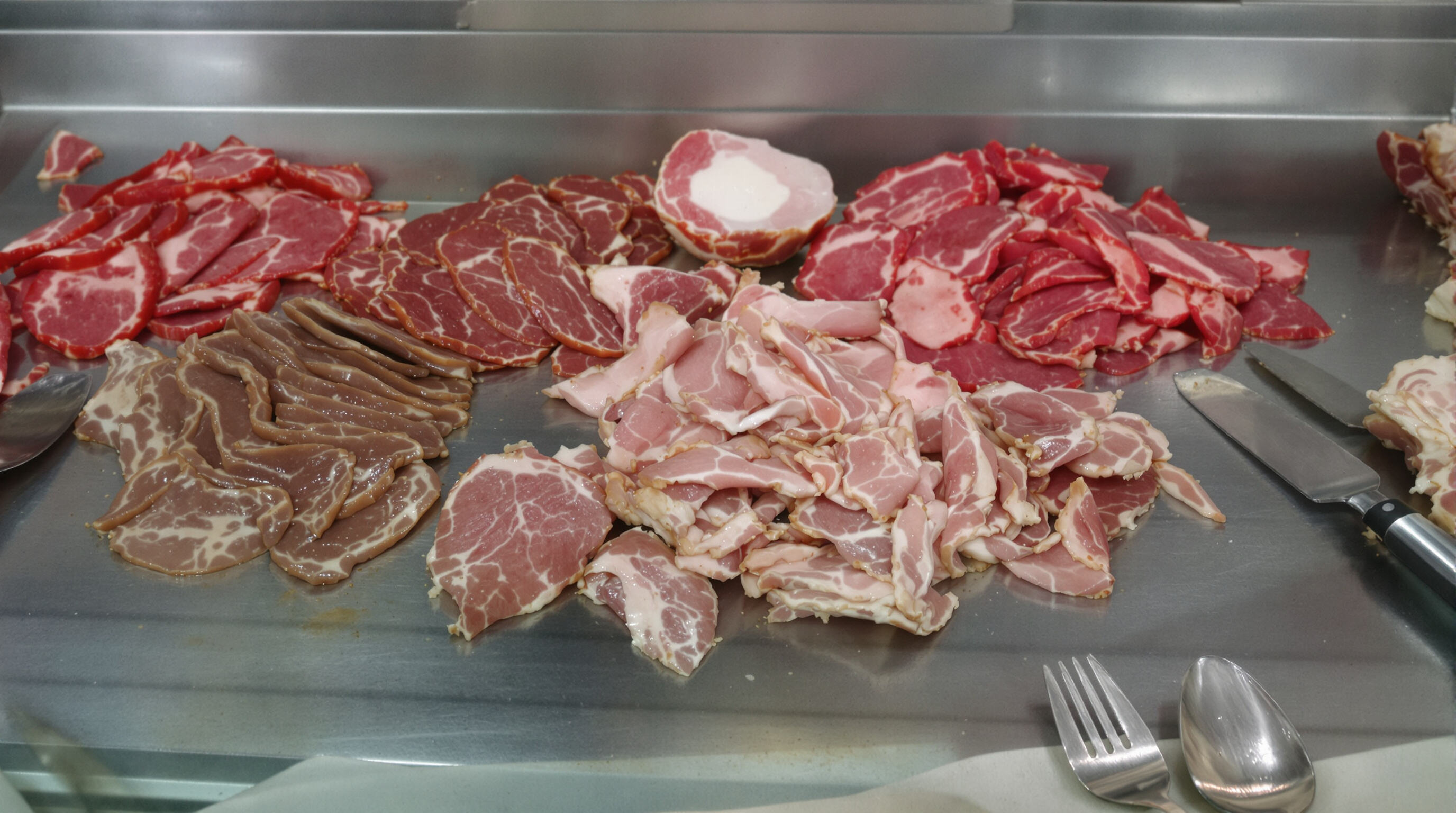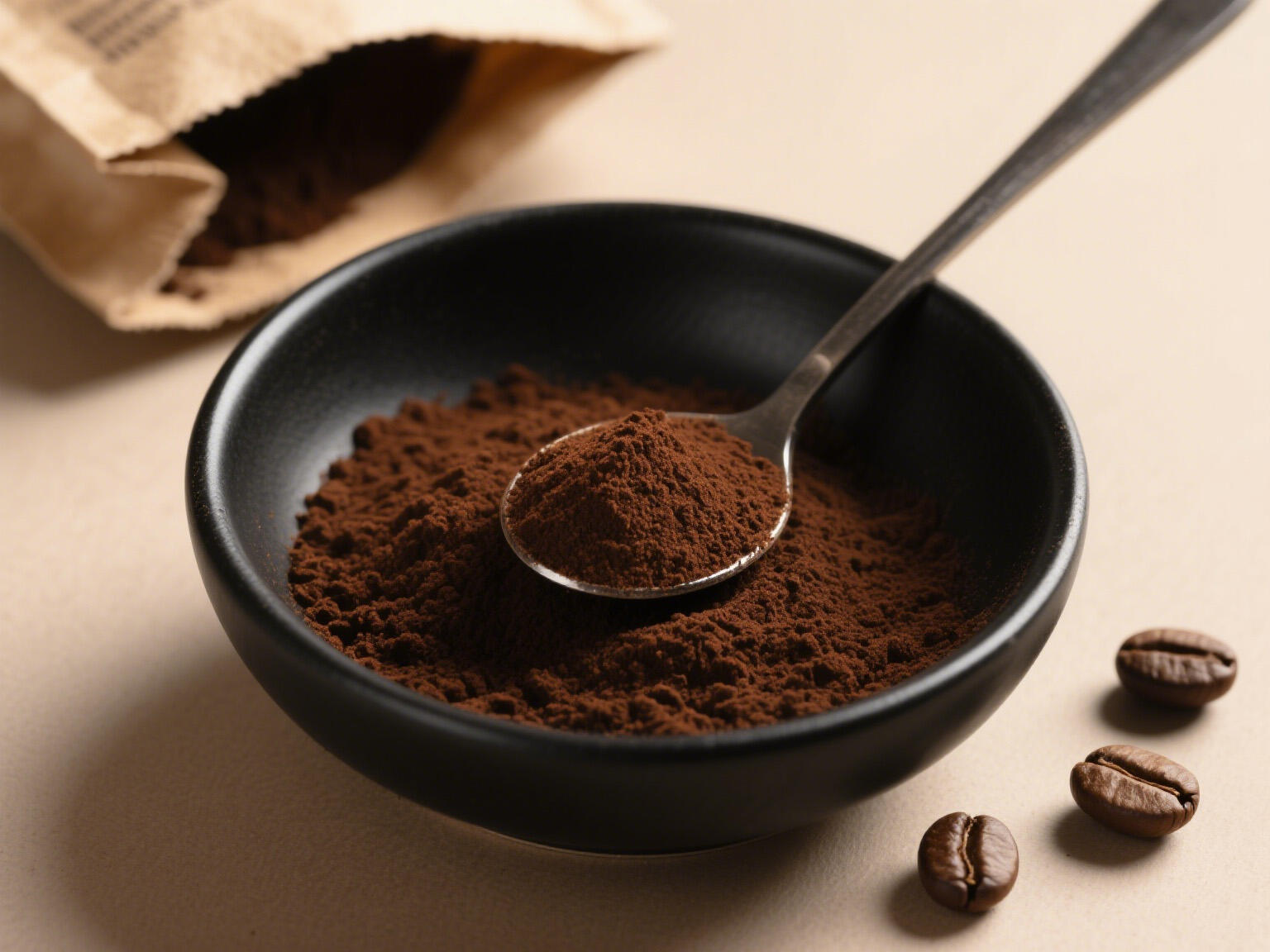What Is Sodium Acid Pyrophosphate (SAPP) and How Is It Used in Food?
Chemical Composition and Structure of SAPP
Sodium acid pyrophosphate, or SAPP for short (chemical formula Na2H2P2O7), comes from sodium phosphate that's been broken down using heat in a controlled way. What makes this compound interesting is its tetrahedral shape which allows it to dissolve really well in water - about 120 grams per 100 milliliters when the temperature hits around 20 degrees Celsius. It also works as a good buffer, keeping pH levels stable between 3.5 and 4.5 in various food products. The phosphate chains in SAPP can bind with metal ions without losing their stability even when heated, which explains why food manufacturers find it so useful for things like breads and sausages where consistency matters most during processing.
Regulatory Approval and Food-Grade Specifications
The FDA (regulation 21 CFR 182.1087) and European Food Safety Authority (EFSA E450(v)) both recognize food grade SAPP as safe for consumption. To qualify, this substance needs to be at least 95% pure sodium pyrophosphate (Na₂H₂P₂O₇) with no more than 0.005% heavy metals present. Recent safety evaluations from 2024 reaffirm its Generally Recognized As Safe status, allowing usage levels up to 4,700 parts per million in baking mixes and 4,000 ppm in various meat products after curing processes. The market for properly certified SAPP hit around $260 million last year according to industry reports, largely because manufacturers appreciate how versatile it is across different food production methods these days.
Common Applications Across Food Categories
SAPP serves four primary roles:
- Baking powders: Slow-reacting acidulant in 30% of commercial mixes
- Processed meats: Moisture retention in 65% of cured poultry products
- Instant noodles: pH stabilizer improving rehydration in 90% of Asian formulations
- Cheese analogs: Melting texture modifier in plant-based dairy
Market analysis projects a 2.7% annual growth through 2031, reflecting SAPP irreplaceable functionality despite clean-label challenges.
SAPP as a Leavening Agent in Bakery Products

Mechanism of Gas Release in Baking Powders
Sodium Acid Pyrophosphate (SAPP) functions as a delayed-action acidulant in baking powders, reacting with sodium bicarbonate only when heated above 60°C (140°F). This temperature-dependent activation ensures carbon dioxide release aligns with protein coagulation during baking, preventing premature gas loss and maximizing oven spring in cakes and muffins.
Optimizing Delayed-Action Leavening in Cake Batters
When food scientists mix SAPP with baking soda that has been coated in starch, they actually give themselves more time for reactions to happen between 8 and 12 minutes. The magic happens when SAPP makes up around 25% of baking powder blends. What does this do? Well, it cuts down on how thick the batter gets by about 18%. This means air can distribute more evenly throughout the mixture, leading to a better crumb structure overall. Because the chemical reaction happens later, approximately 92% of carbon dioxide forms while the cake is actually baking in the oven. As a result, cakes made with this method tend to rise about 22% more than those using quicker acting alternatives. Bakers love this because it translates into bigger, fluffier cakes without compromising quality.
Comparative Performance with Other Acidulants Like MCP and SAS
| Property | SAPP | MCP | SAS |
|---|---|---|---|
| Reaction Onset | 60°C | 40°C | 80°C |
| COâ‚‚ Release Duration | 8-12 min | 2-4 min | 15-18 min |
| Final Product pH | 7.2-7.6 | 6.8-7.0 | 7.4-7.8 |
| Ideal Application | Layer cakes | Cookies | Frozen dough |
SAPP’s intermediate reaction profile makes it ideal for shelf-stable bakery mixes requiring timed rise, offering better heat tolerance than monoc calcium phosphate (MCP) and improved flavor neutrality over sodium aluminum sulfate (SAS).
pH Control and Dough Conditioning in Processed Foods
Stabilizing pH for Improved Texture and Processing Efficiency
SAPP works really well as a pH controller in dough systems, keeping the acidity level around 5.2 to 5.8. This helps develop gluten properly and gets the starches to gelatinize just right. When the acidity stays within this sweet spot, the dough doesn't get too sticky but still expands consistently when baked. That matters a lot in factory settings because if the dough is too runny or too thick, it can slow down the extrusion process significantly. Another benefit of SAPP is how it keeps enzymes stable throughout production. This stability means less variation from batch to batch and manufacturers report processing times that are roughly 12 to maybe even 15 percent faster. Best part? The final product still maintains its structural strength despite these efficiency gains.
Enhancing Protein Functionality and Water Binding in Noodles and Doughs
When making alkaline noodles, adding SAPP boosts how well gluten holds onto water by around 18 to 22 percent when compared to regular phosphate free versions. This means the noodles end up firmer and lose less weight while cooking too. The numbers tell the story pretty clearly: cooking losses drop below 8%, whereas most manufacturers typically see around 12%. What makes SAPP really stand out though is its ability to grab ions and stop proteins from clumping together during fast mixing processes. This helps the dough handle all that mechanical beating without falling apart, which matters a lot for fresh pasta production lines where there's barely enough time between steps. Most plants need everything done within just 90 seconds or so, so this property becomes absolutely critical for maintaining quality throughout mass production runs.
Improving Rehydration and Firmness in Instant Noodle Systems
Instant noodles modified with SAPP technology can soak up water 40% quicker than regular ones, yet still hold their shape with compression strength over 85 N per square centimeter after boiling. These noodles beat out traditional alkaline salt versions by around 15 to 20 percent in performance tests. The reason? SAPP creates those tiny air pockets in the starch during the frying process. This means water gets absorbed fast but the noodle structure stays intact instead of falling apart. When put through big production runs, companies found that the best SAPP mixtures cut down on oil absorption by about 9%. Even better, nearly all batches (like 98 out of every 100) met the USDA standards for proper firmness requirements.
Chelation and Preservation: Preventing Oxidation and Discoloration

How SAPP Binds Metal Ions to Inhibit Spoilage Reactions
SAPP works like a chelating agent, grabbing hold of transition metals such as iron and copper which actually speed up processes like lipid oxidation and enzymatic spoilage. When SAPP locks onto these metal ions, it helps protect sensitive ingredients from breaking down so much faster in products with lots of fat content. The real benefit comes from this metal binding ability, since it stops those pesky free radicals from getting out of control. And we all know what happens when free radicals run wild they make food go rancid quicker and cut down on how long products stay fresh on store shelves.
Preventing Oxidative Rancidity and Color Degradation in Fats and Meats
When it comes to products high in meat and fat content, SAPP works against those annoying gray spots that tend to appear over time. It does this by stopping the oxidation process caused when iron interacts with heme pigments. Research indicates that when processed meats get treated with around 0.3% SAPP, they manage to keep about 89 percent of their original color even after sitting in the fridge for nearly a month. Beyond just keeping things looking good, SAPP plays another important part too. By stabilizing pH levels and neutralizing metals, it actually helps prevent the breakdown of those unsaturated fatty acids which can lead to unpleasant tastes developing in stored products.
Case Study: Inhibiting Struvite Crystals in Canned Seafood
SAPP prevents struvite (magnesium ammonium phosphate) crystal formation in canned seafood by binding magnesium ions during thermal processing. A 2022 industry trial demonstrated that 0.1% SAPP reduced struvite occurrence in canned shrimp by 97% compared to untreated batches, without altering texture or flavor.
Controlling Enzymatic Browning in Processed Potatoes
By chelating copper ions essential for polyphenol oxidase (PPO) activity, SAPP reduces enzymatic browning in sliced potatoes by 73% within 24 hours. This effect is enhanced by its pH-modulating properties, which help maintain potato whiteness during frozen storage—outperforming citric acid, which can impart sourness at effective concentrations.
Moisture Retention, Texture, and Clean-Label Challenges in Meat and Frozen Foods
Improving Juiciness and Yield in Processed and Cured Meats
SAPP helps keep moisture locked in processed meats because it boosts how well proteins bind with water. This happens mainly through stabilizing pH levels and exchanging ions within the meat matrix. When we look at actual results, vacuum packaged products show around 35% less purge loss compared to standard methods. Production yields go up somewhere between 6 and 8 percentage points as well. For manufacturers working with cured meats such as hams and various types of sausages, these improvements make a real difference. Nobody wants dry slices coming out of packaging after all. Maintaining that juicy texture and ensuring each slice comes off cleanly matters a lot for consumer satisfaction and product consistency across batches.
Maintaining Color Stability and Shelf Life in Frozen Meat Products
When it comes to frozen meat products, SAPP works wonders by stopping lipid oxidation thanks to its ability to bind with metal ions. This keeps the meat looking fresh and red for well over a year in storage. Another benefit is how it reduces those pesky ice crystals that form when meat goes through freezing and thawing cycles again and again, which helps keep the texture intact instead of getting all mushy. Studies done on various food products show that phosphate mixtures with SAPP perform particularly well in items like frozen burgers and chicken nuggets where appearance and consistency matter most to consumers.
Balancing Functional Benefits with Consumer Demand for Reduced Phosphates
A lot of people still want their products to have clean labels with minimal synthetic stuff, even though they work well. According to IFIC data from last year, around two thirds of shoppers are going this route now. To meet demand, food makers have started cutting back on SAPP content by roughly a fifth to a third by mixing different phosphates together. Some companies are getting creative too - adding rosemary extract as a natural antioxidant or using citrus fiber to help keep things moist like traditional methods did. The catch? These new approaches usually need extra stabilizing agents which makes formulations trickier to get right and generally drives up production expenses for manufacturers trying to stay competitive while meeting consumer expectations.
FAQ
What is the chemical formula of Sodium Acid Pyrophosphate?
The chemical formula of Sodium Acid Pyrophosphate (SAPP) is Na2H2P2O7.
Why is SAPP considered safe for consumption?
SAPP is recognized as safe for consumption by both the FDA and European Food Safety Authority due to its purity level of at least 95% and minimal presence of heavy metals.
How does SAPP function as a leavening agent?
SAPP functions as a delayed-action acidulant in baking powders, ensuring carbon dioxide release occurs during baking at higher temperatures, which aids in achieving the desired texture and rise.
Can SAPP help in preserving food products?
Yes, SAPP acts as a chelating agent by binding metal ions that contribute to spoilage and oxidation, thereby extending the shelf life of food products.
What role does SAPP play in meat products?
SAPP helps in moisture retention and prevents lipid oxidation in processed meats, maintaining juiciness and color stability over prolonged storage periods.
Table of Contents
- What Is Sodium Acid Pyrophosphate (SAPP) and How Is It Used in Food?
- SAPP as a Leavening Agent in Bakery Products
- pH Control and Dough Conditioning in Processed Foods
- Chelation and Preservation: Preventing Oxidation and Discoloration
- Moisture Retention, Texture, and Clean-Label Challenges in Meat and Frozen Foods
- FAQ


